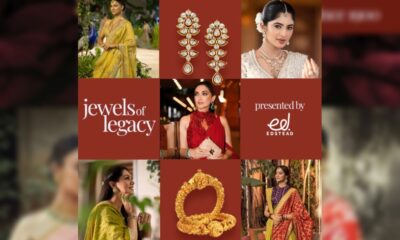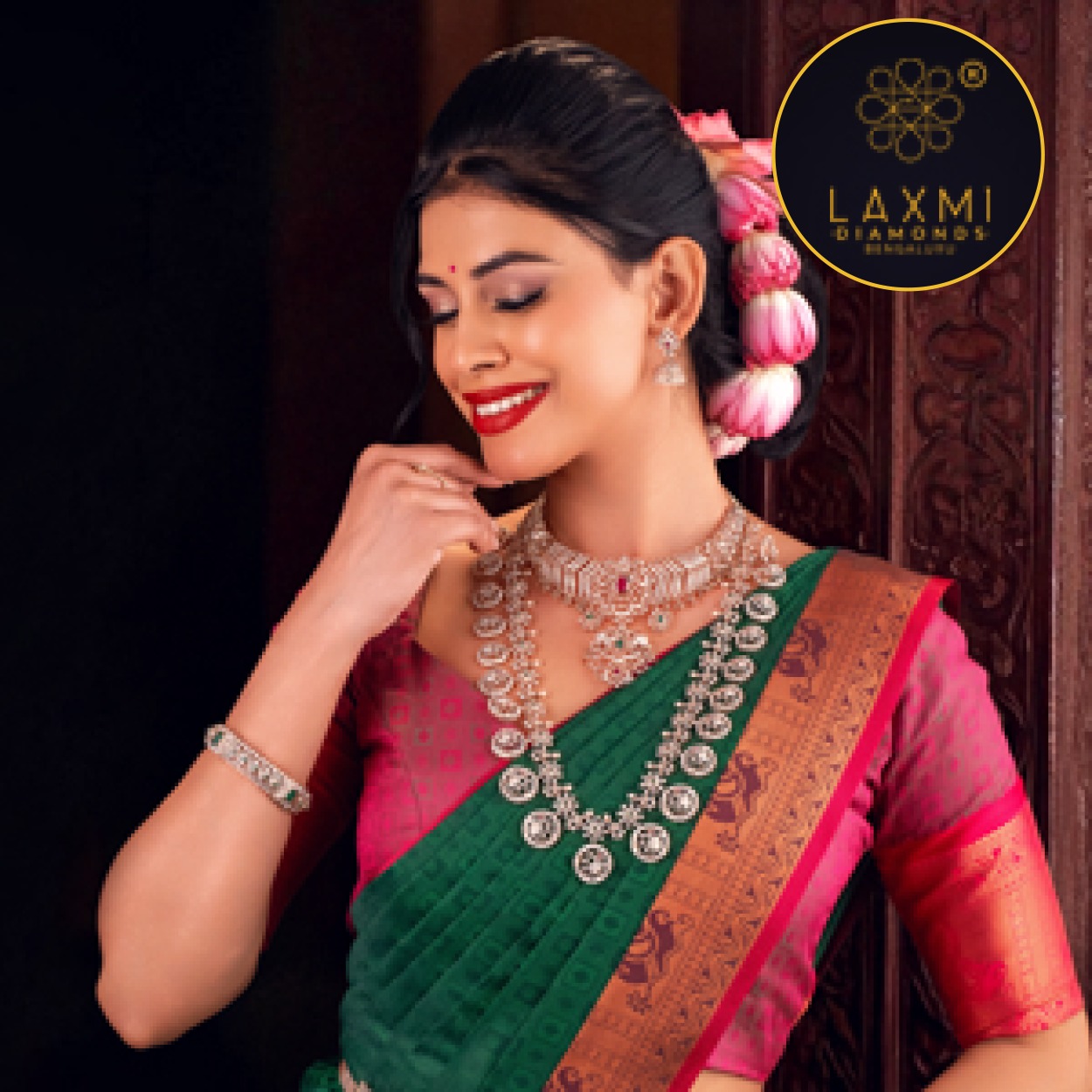Feature
Navigating the Fine Line: How Jewellery Designers Can Draw Inspiration without Crossing into Plagiarism
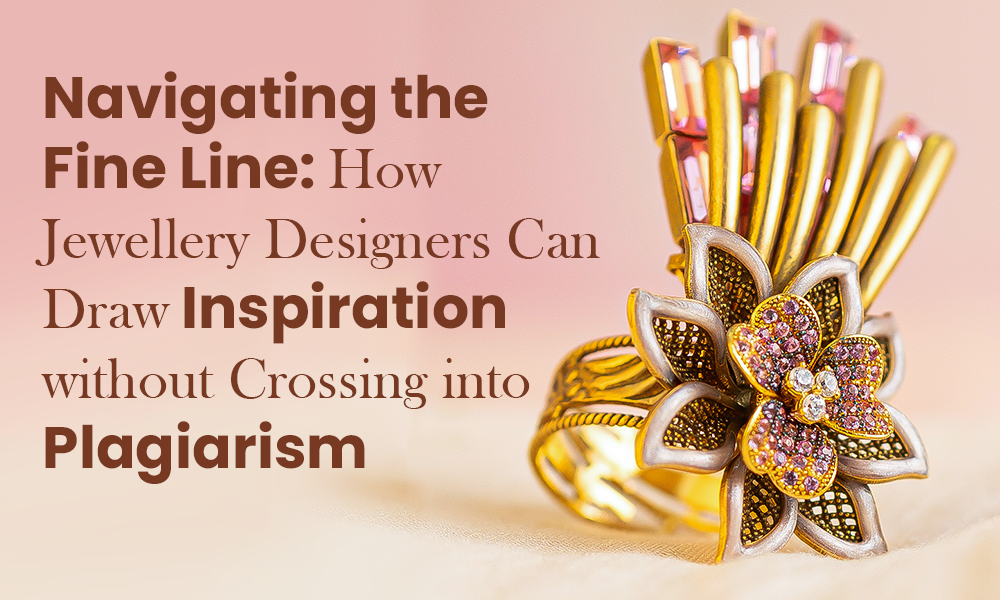
We’ve all been there — scrolling through social media, spotting a stunning design, and thinking, “This is amazing, I could do something with this.” Maybe you even screenshot it for later. That moment of admiration is totally normal, and yes, it’s how creativity often works — one spark leads to another.
But here’s the tricky part: when does inspiration cross the line into imitation? There’s a difference between being creatively influenced and replicating someone else’s hard work. The quote “imitation is the sincerest form of flattery” may sound nice, but in design, it’s also a fast track to losing your credibility.
This issue is especially relevant in the Indian jewellery market, a diverse ecosystem that includes couture artisans, mass-market retailers, and indie designers — all coexisting alongside a booming imitation market. When original designs are copied and mass-produced, it damages the brand identity of the creator, dilutes the uniqueness of their work, and erodes the value of true craftsmanship.
Being inspired is natural — but respecting originality is essential.
Let us have a look at what ace Jewellery Designers/ Brands from the industry have to say about Plagiarsim & Inspiration in jewellery designs:
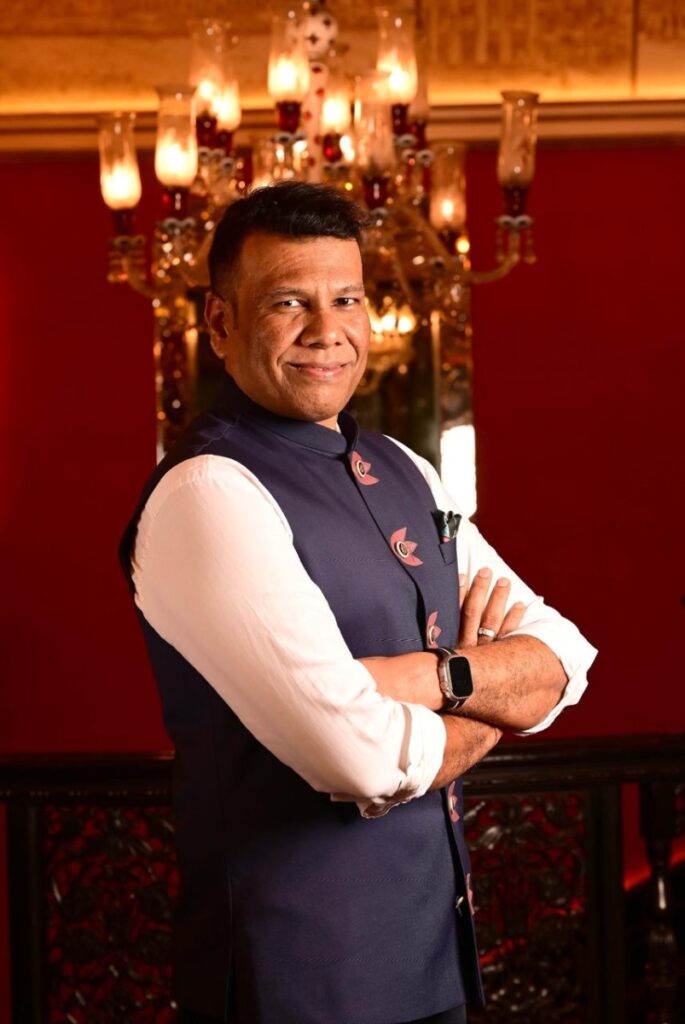
Avama Jewellers
Abhishek Kajaria, Founder and Owner
- How do you identify and cultivate your Unique Selling Proposition (USP) as a jewelry designer in a market full of competition?
At our luxury jewelry brand, our Unique Selling Proposition (USP) is rooted in innovative craftsmanship, attention to detail, and a deep understanding of our clients’ desires. We push the boundaries of design while staying true to our brand’s aesthetic..
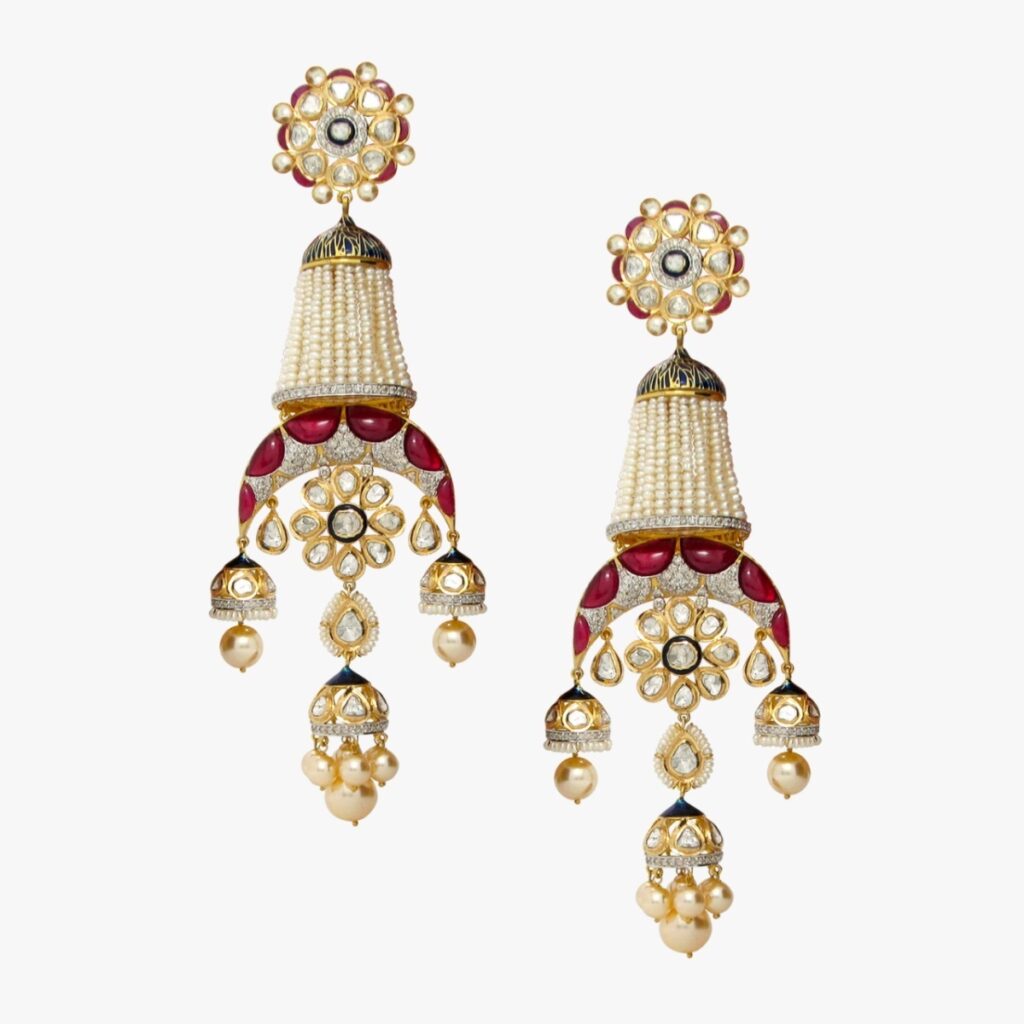
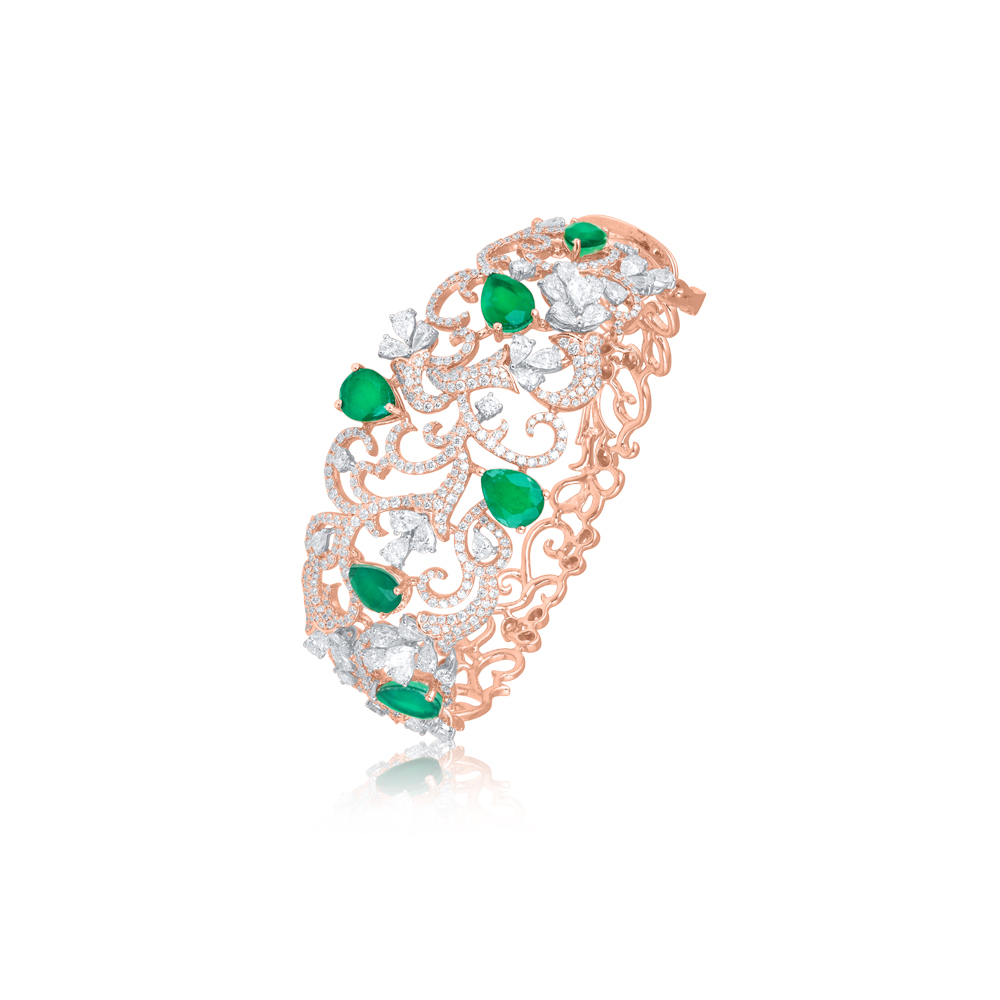
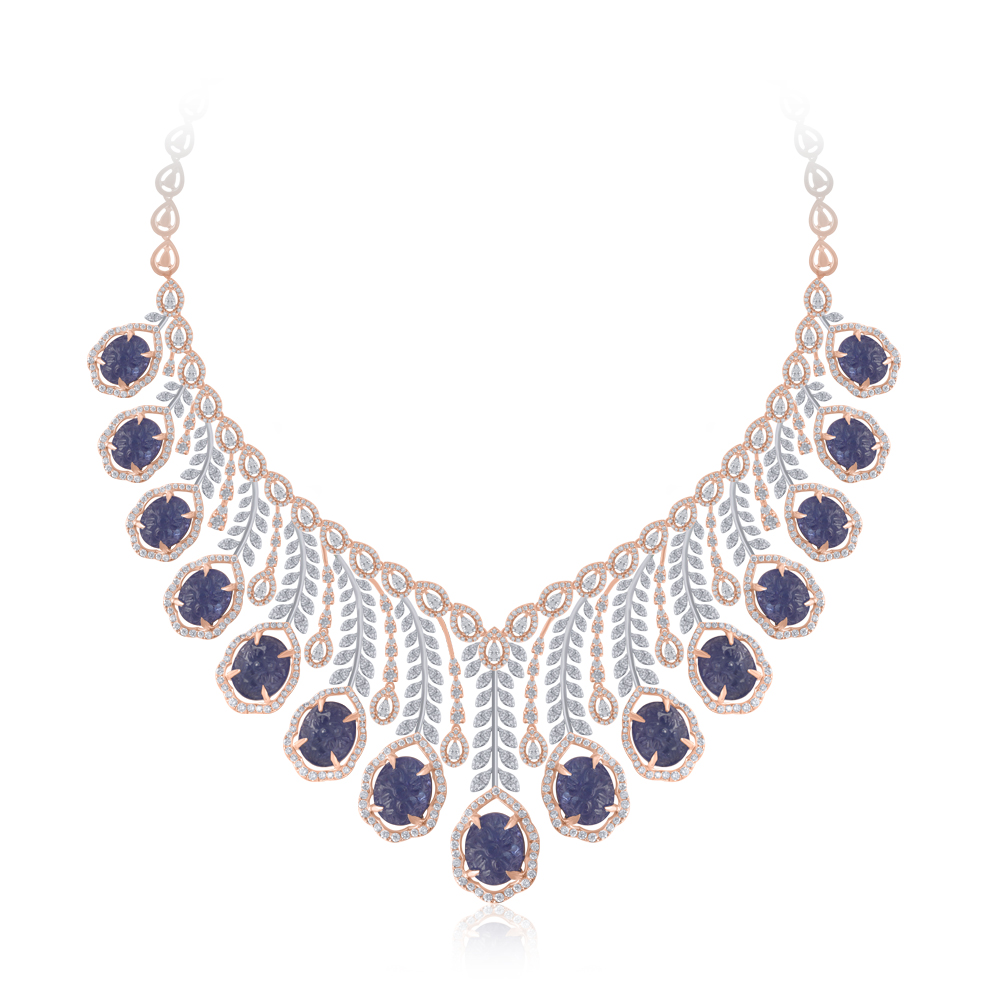
2. What steps can designers take to ensure they are drawing from a broad range of influences rather than just one or two sources, in order to create more original and diverse designs?
To create original and diverse designs, we encourage our designers to draw inspiration from various sources, including art, architecture, nature, and cultural heritage. We also foster a culture of collaboration and knowledge sharing among our team members, which helps to stimulate creativity and innovation.
3. What to do if your jewellery design is being copied? What are the legal implications to such plagiarism?
If we find our jewelry design is being copied, we promptly protect our rights by sending a cease-and-desist notice, seeking legal advice, or taking other actions to stop the infringement.
4. In your experience, how does acknowledging the influence of other designers in your work contribute to your growth as a designer, and how do you ensure that your own originality still shines through?
Recognizing the influence of other designers is vital for our growth. By acknowledging their contributions, we can learn from their experiences and create something original. We maintain our uniqueness by staying true to our brand’s vision and aesthetic.

Mahabir Danwar Jewellers – Vijay Soni, Director
- How do you identify and cultivate your Unique Selling Proposition (USP) as a jewelry designer in a market full of competition?
At Mahabir Danwar Jewellers, our USP lies in the fusion of heritage craftsmanship, innovative design, and exclusivity. We stay true to our brand ethos—blending timeless elegance with modern creativity. Through research, trend awareness, and our signature design language, we ensure every collection tells a unique story and evokes a personal connection, setting us apart in a crowded market.
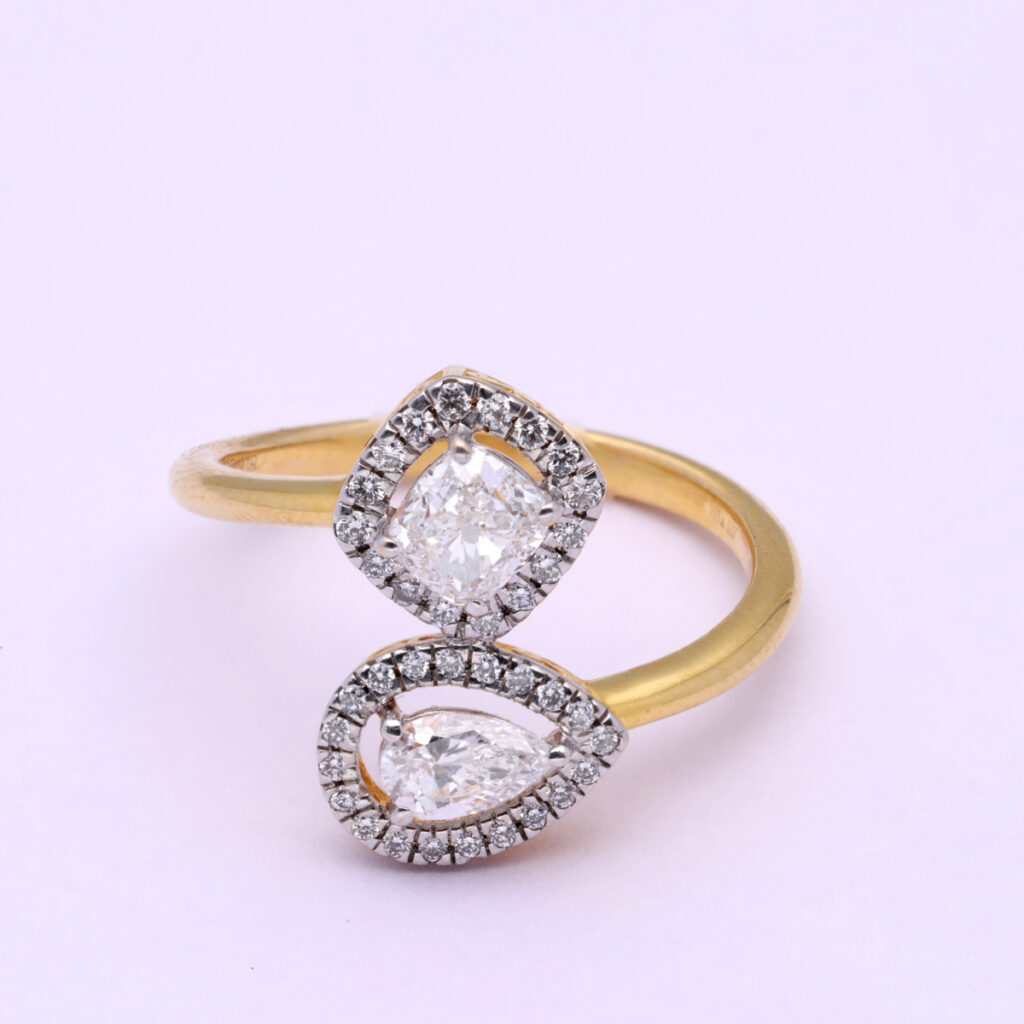
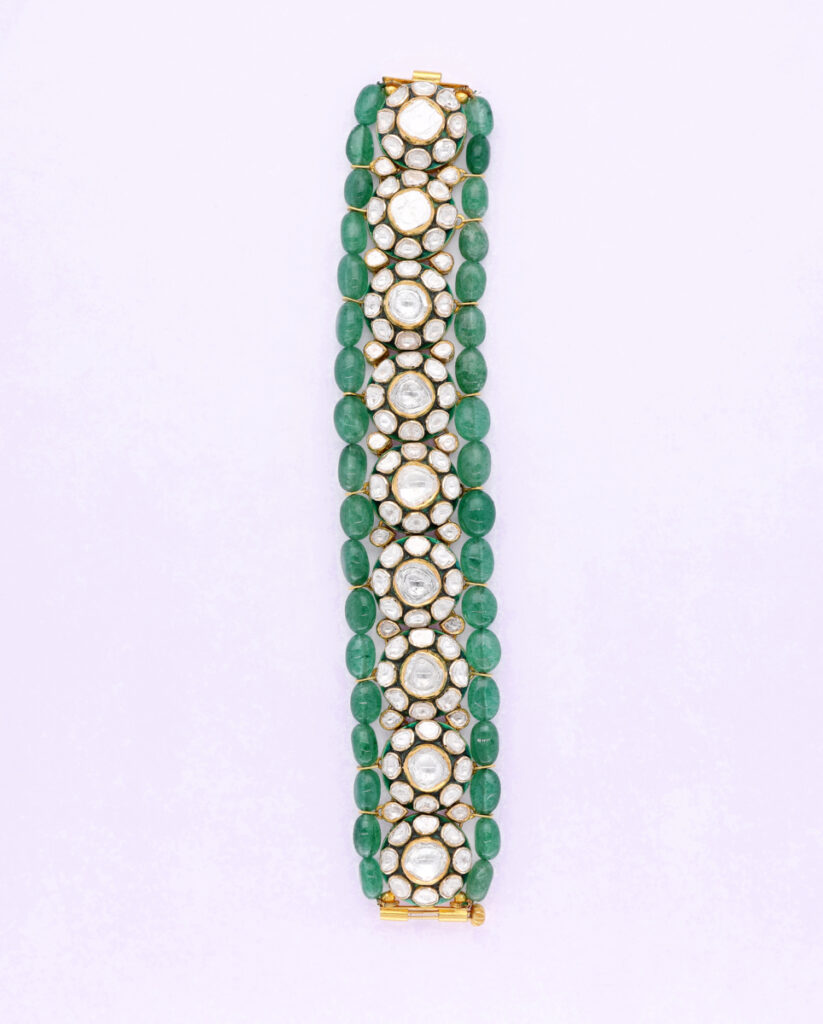
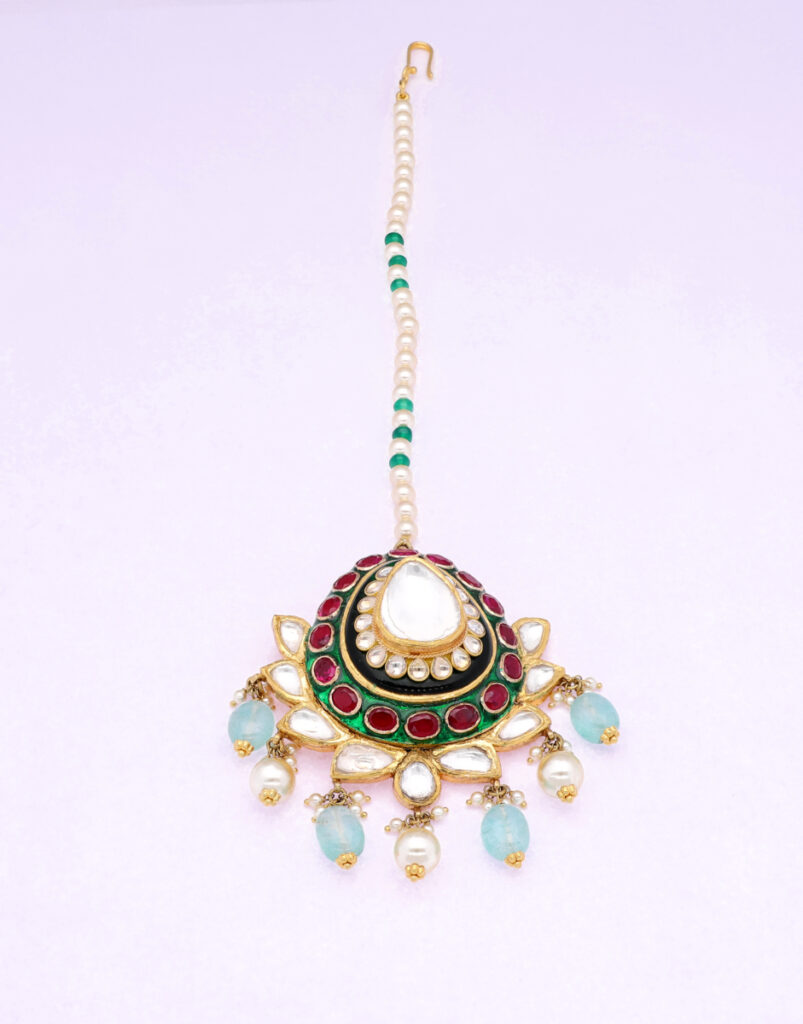
- What steps can designers take to ensure they are drawing from a broad range of influences to create original and diverse designs?
Originality comes from exploring beyond the obvious. Designers should:
• Draw from varied sources like architecture, nature, and fine arts
• Study global and historical craftsmanship
• Experiment with new materials and techniques
• Avoid trend-chasing and focus on building a personal voice
By broadening their creative lens, designers can avoid unintentional imitation and develop truly distinct designs.
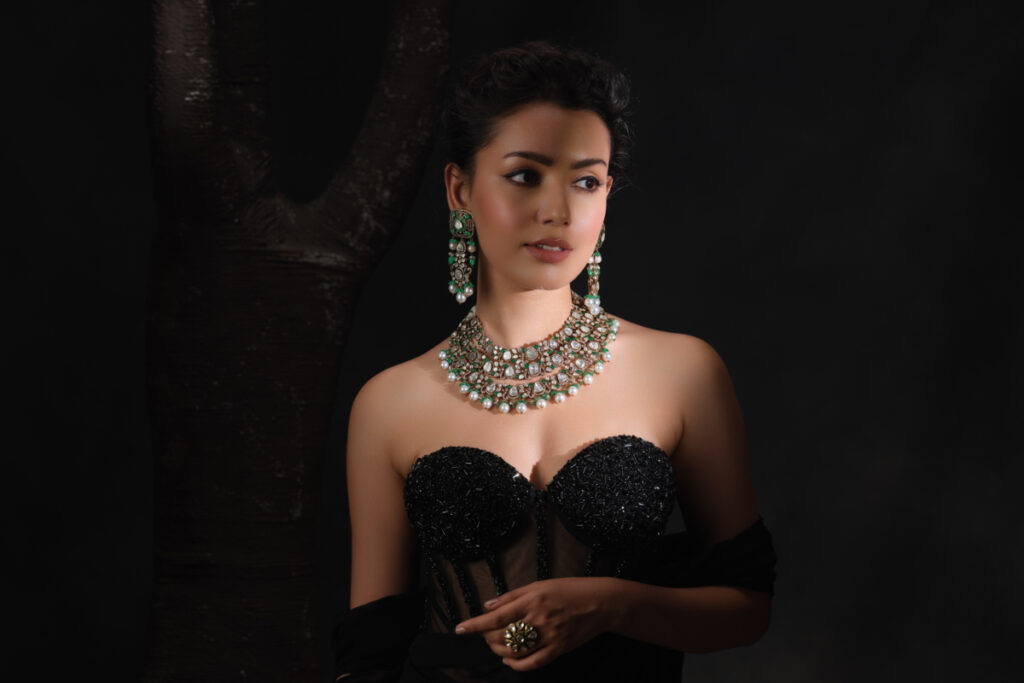
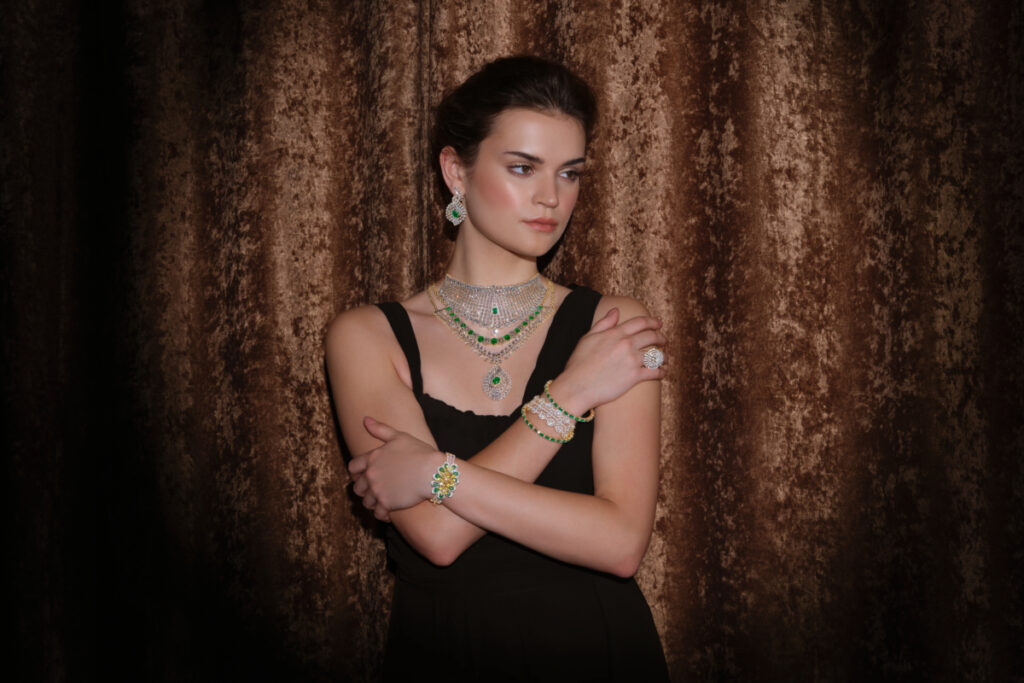
- What to do if your jewelry design is being copied? What are the legal implications of such plagiarism?
To protect designs:
• Register copyrights, trademarks, or design patents
• Take legal action, such as sending cease-and-desist notices
• Document the design process for proof of originality
• Raise awareness through industry platforms
Proactive protection is key to preserving exclusivity and creative ownership.
- How does acknowledging the influence of other designers help your growth while maintaining originality?
Acknowledging others’ work promotes learning and innovation. However, we ensure originality by:
• Using inspiration as a base, not a blueprint
• Infusing personal storytelling and brand identity
• Innovating through design, materials, and craftsmanship
• Continuously evolving our creative voice
Respecting influence while transforming it ensures our work stays authentic and uniquely ours.

Neeta Boochra Jewellery
Neeta Boochra, Founder
1)What steps can designers take to ensure they are drawing from a broad range of influences rather than just one or two sources, in order to create more original and diverse designs?
Indian jewellery designers have access to a vast and layered cultural heritage, but relying too heavily on a few well-known motifs (like Mughal, temple, or tribal jewellery) can limit innovation. To ensure originality and a broader creative palette, Indian designers can take the following India-specific steps to diversify their influences and evolve their design language:

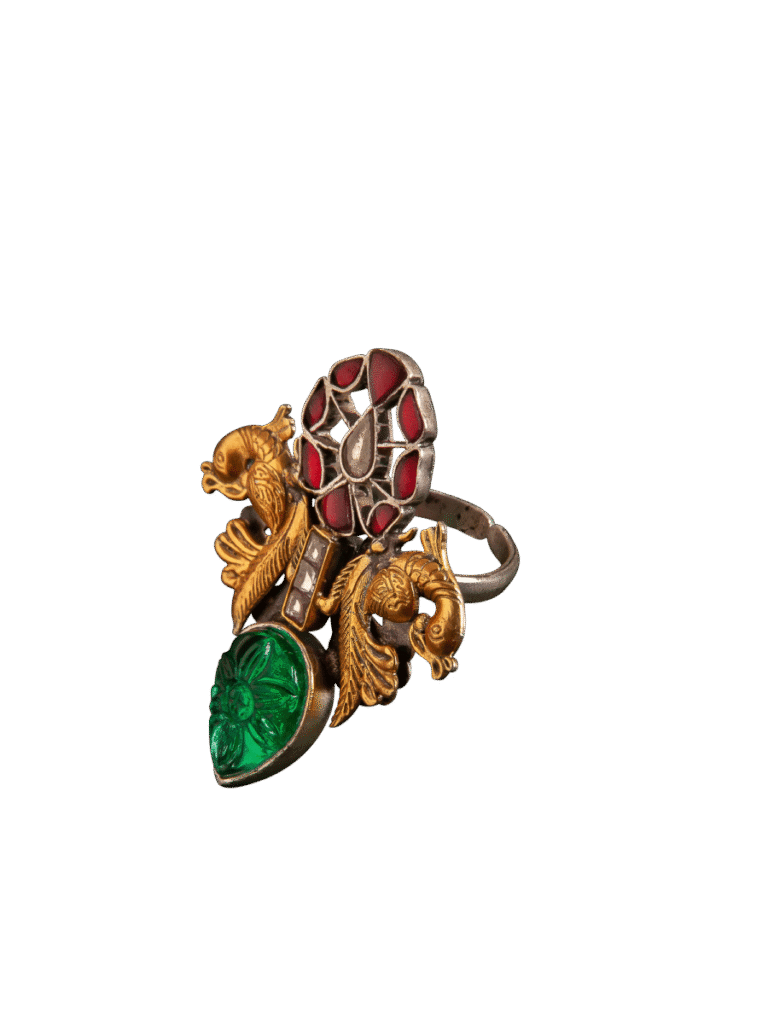
Explore Regional Diversity: Study lesser-known jewellery traditions from Northeast India, tribal areas, and rural crafts like Dokra, Bastar, or Manipuri designs.
Blend Tradition with Contemporary Indian Art: Take inspiration from modern Indian artists, textile patterns, or architectural forms like stepwells or temple carvings.
Use Indian Literature & Philosophy: Draw abstract concepts from epics, folktales, and philosophies (Hindu, Buddhist, Sufi) to deepen your narrative.
Tap into Natural and Urban Landscapes: Let India’s diverse geography and cityscapes inspire shapes, textures, and forms.
Reimagine Obscure Historical Styles: Revive and reinterpret jewellery from lesser-known dynasties or rare styles like Chettinad or Satavahana-era adornments.
Collaborate Across Crafts: Work with artisans from weaving, embroidery, pottery, or painting to bring fresh perspectives and techniques.
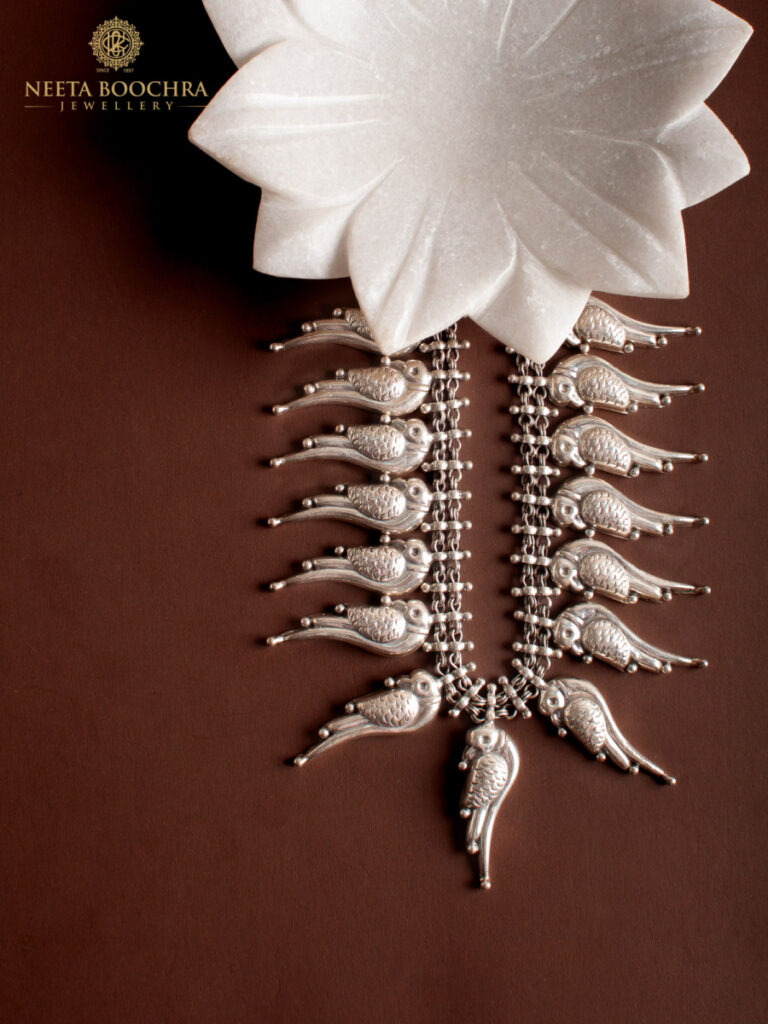

2. What to do if your jewellery design is being copied? What are the legal implications to such plagiarism?
If your jewellery design is being copied in India, you do have legal recourse, though the process depends on how you’ve protected your design. Here’s what you can do, along with the relevant legal implications under Indian law:
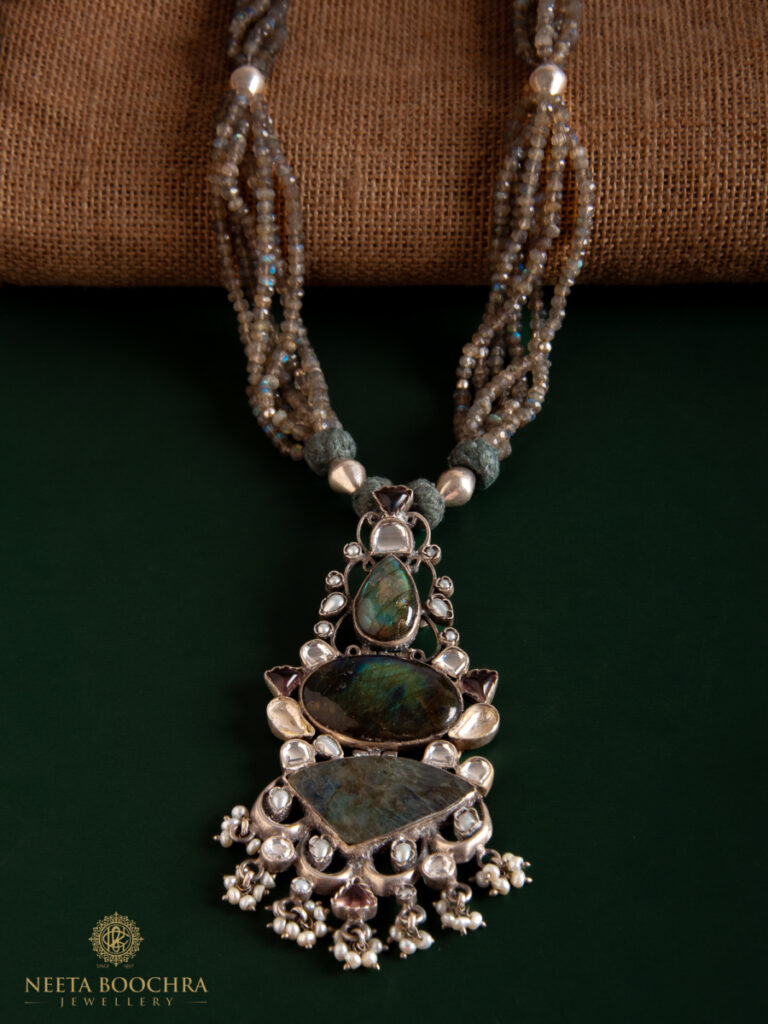
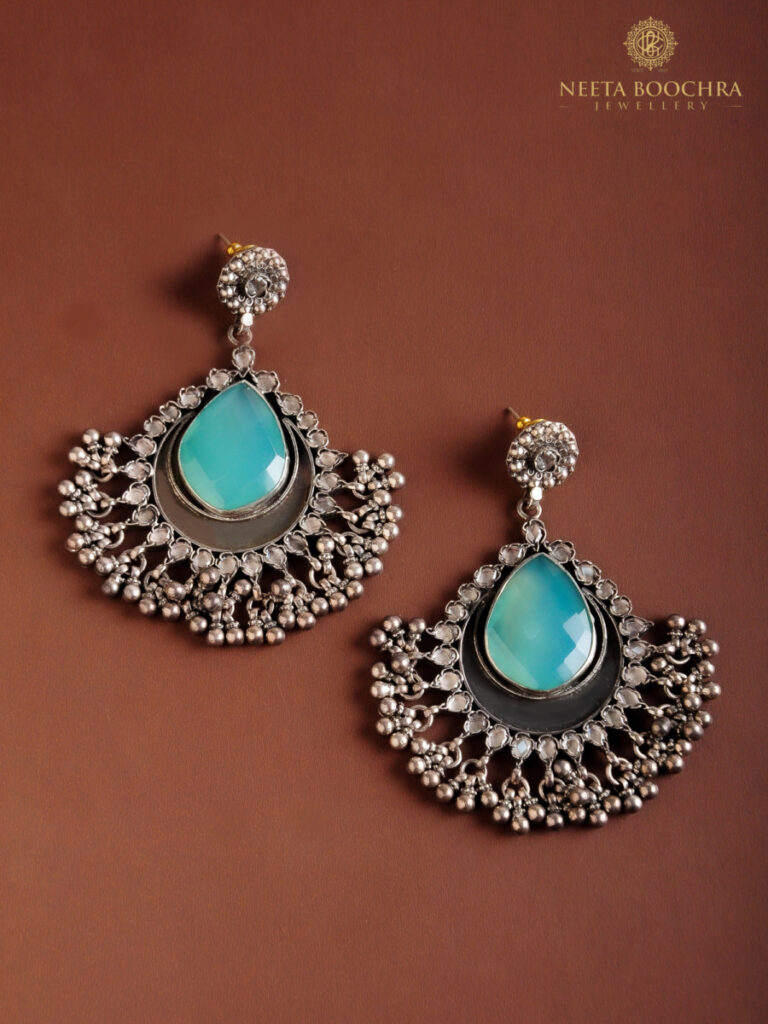
Collect Evidence
- Gather proof of your original design: sketches, CAD files, timestamps, emails, product photos, and public release dates.
- Take screenshots and purchase records of the copied designs for comparison.
Send a Legal Notice
- Through a lawyer, send a cease and desist notice to the infringing party demanding they stop production/sale immediately.
Take Civil or Criminal Action
- Civil remedies: You can seek injunctions, monetary damages, and destruction of copied goods.
3. In your experience, how does acknowledging the influence of other designers in your work contribute to your growth as a designer, and how do you ensure that your own originality still shines through?
Acknowledging the influence of other designers is not only a mark of integrity but also a powerful tool for personal growth
Promotes Humility and Learning: Recognizing others’ impact keeps you open to learning. It reminds you that design is a dialogue, not a solo performance.
Builds Deeper Understanding: When you consciously study and credit a designer’s work, you often uncover why it resonates with you—materials, philosophy, structure—helping you better refine your own preferences and style.
Feature
Festive Season Forecast: Jewellery Trends Driving Consumer Demand in 2025

As India steps into its most vibrant and commercially significant stretch of the calendar—up to December 2025—the jewellery industry is entering a golden window of opportunity. This festive quarter, often referred to as the “glitter quarter”, consistently delivers a surge in consumer spending, driven by cultural traditions, weddings, and gifting rituals deeply rooted in Indian festivities.
However, in 2025, this high-potential period is set against a backdrop of evolving consumer behaviours, digitally influenced preferences, and a growing desire for emotional storytelling and value-driven purchases. Today’s buyers—particularly millennials and Gen Z—are no longer drawn solely to grandeur; they’re seeking jewellery that reflects personal meaning, functionality, and modern aesthetics, all while staying rooted in tradition.
For manufacturers, retailers, and designers, the months ahead present not just the chance to capitalise on demand, but to build brand loyalty and capture a new generation of customers. Here’s a strategic breakdown of the key jewellery trends that are poised to shape consumer choices this festive season.
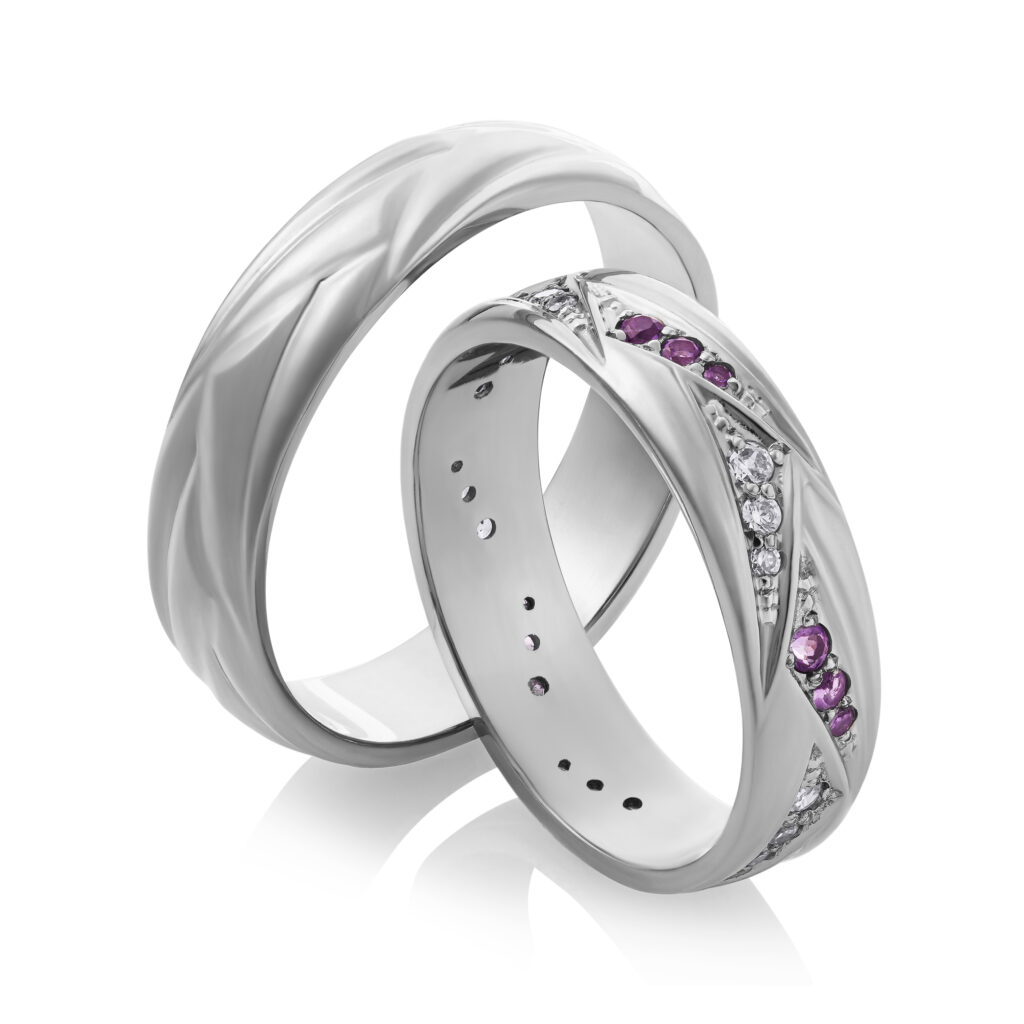
Beautiful pair of white gold wedding rings with gems, isolated. The photo was taken by stacking
1. Platinum Gifting Takes Centre Stage
Platinum is increasingly being viewed as a gifting essential—especially during festivals and wedding occasions. The metal’s positioning around 95% purity, emotional symbolism, and modern minimalism appeals strongly to Gen Z and millennial buyers. Retailers are advised to stock contemporary, lightweight platinum SKUs suited for daily wear and festive gifting.
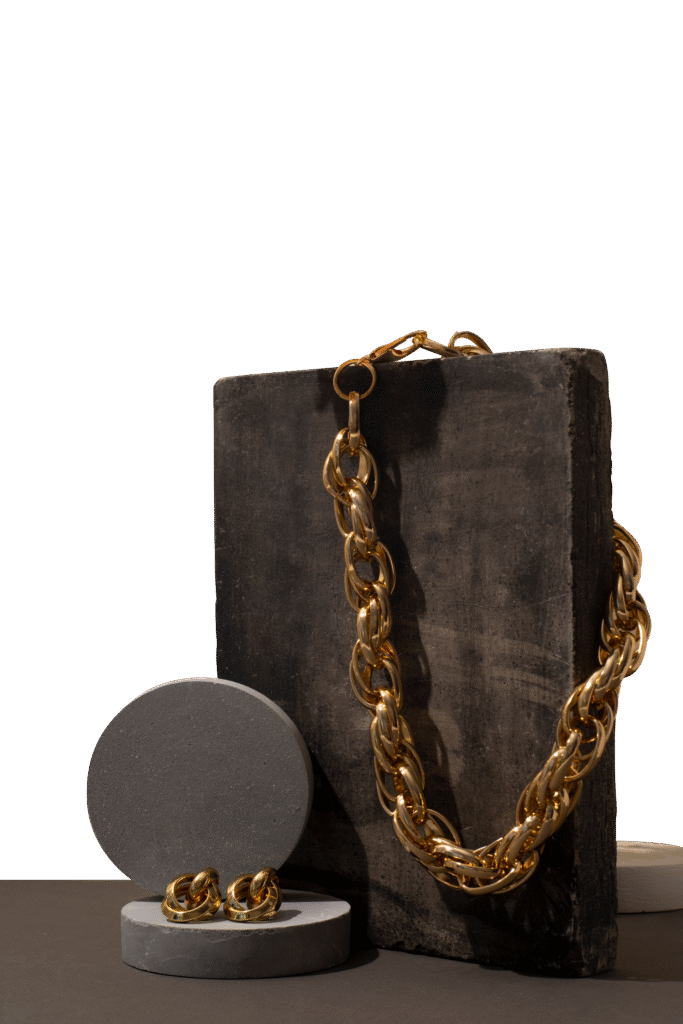
2. Gold Reimagined with Bold Forms
While gold remains a traditional favourite, the demand is moving towards bold and stylised interpretations—think chunky necklaces, oversized earrings, temple motifs, and stackable bangles. Manufacturers should take note of the rising interest in regional craftsmanship, particularly South Indian temple work, Rajasthani filigree, and Bengali gold designs.
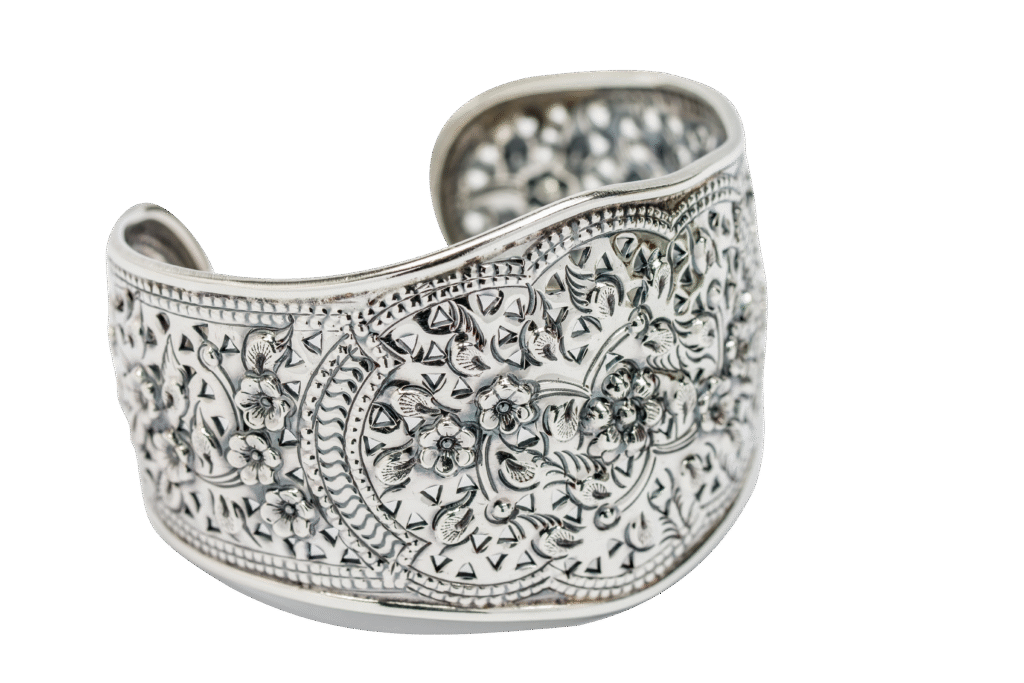
3. Silver Moves Beyond Utility
Silver jewellery is no longer confined to budget-conscious segments. With increased consumer appetite for oxidised, handcrafted, and tribal-inspired silver, the metal is gaining relevance for festive season. Quick-to-market silver collections and festive-themed SKUs (like silver rakhis or gift sets) are recommended for retailers looking to tap into this high-volume category.
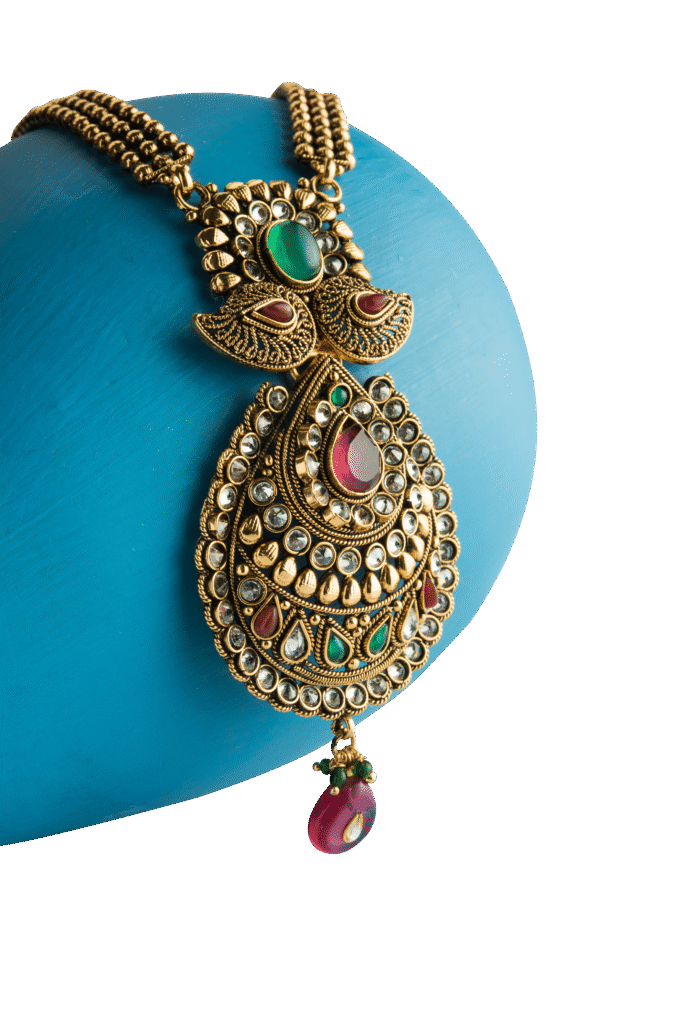
4. Gemstone & Polki Resurgence
Coloured gemstone jewellery—particularly with emeralds, rubies, and sapphires—is expected to see a spike in demand, especially in the bridal and occasionwear segment. At the same time, uncut Polki diamonds remain a go-to for high-value festive purchases and winter weddings. Retailers should consider curating colour-based collections to align with seasonal fashion palettes and rituals.
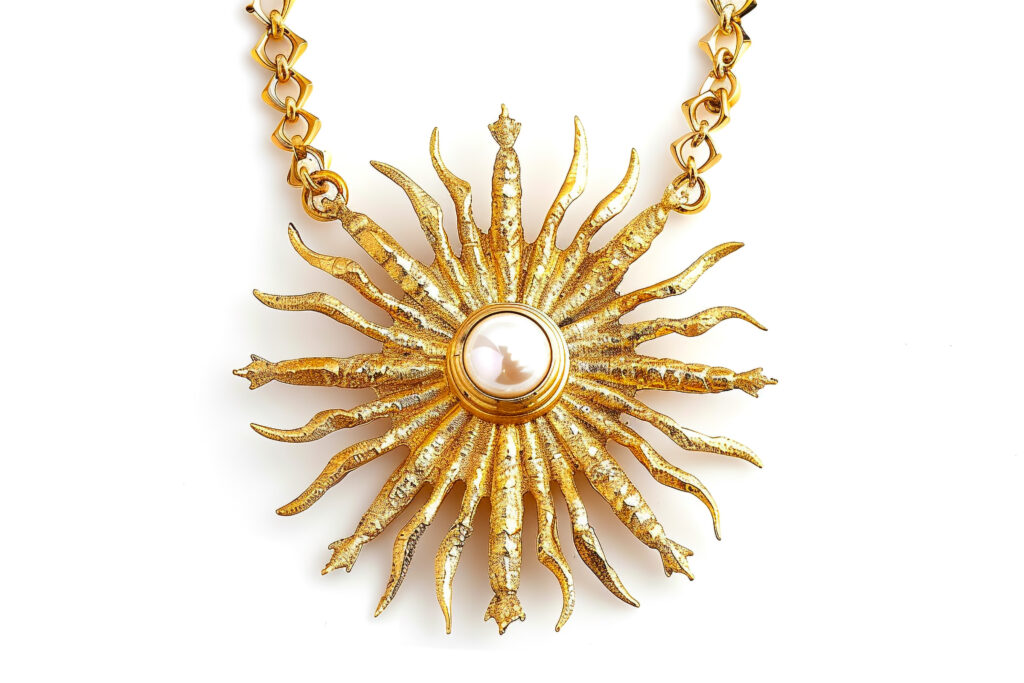
5. Personalised & Symbolic Designs
From zodiac and birthstone jewellery to initial charms and spiritual symbols, personalised jewellery is becoming a key purchase driver. Consumers are seeking pieces that hold emotional meaning. Modular charms, talismans, and symbolic pendants are strong SKUs to include in festive lines.
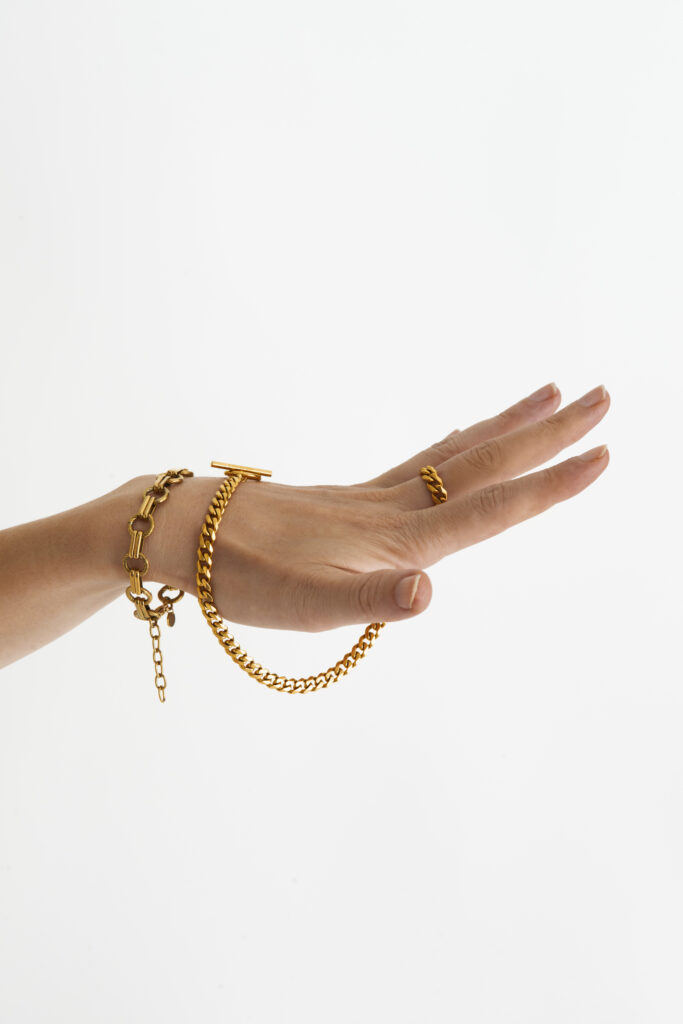
6. Versatile, Convertible Pieces in Demand
Today’s consumers are value-conscious and expect multi-wear options from their jewellery. Detachable elements, reversible pendants, and modular earrings are growing in popularity. Manufacturers should prioritise design innovations that enhance versatility, especially for mid- to high-ticket items targeted at festive buyers.
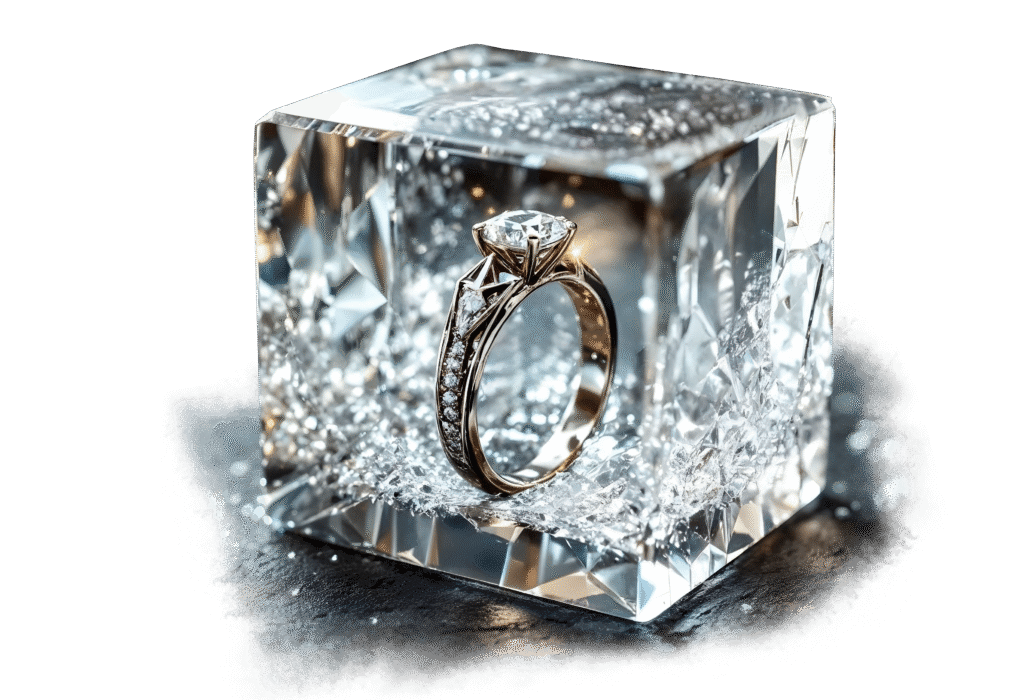
7. Lab-Grown Diamonds Gain Momentum
Lab-grown diamond (LGD) jewellery is becoming mainstream across gifting, self-purchase, and bridal categories. With price advantages, ethical positioning, and increasing availability, LGDs are expected to perform well this season—particularly for Diwali gifts, anniversaries, and Christmas promotions. Retailers should integrate LGD collections with aspirational storytelling and certification to build trust.
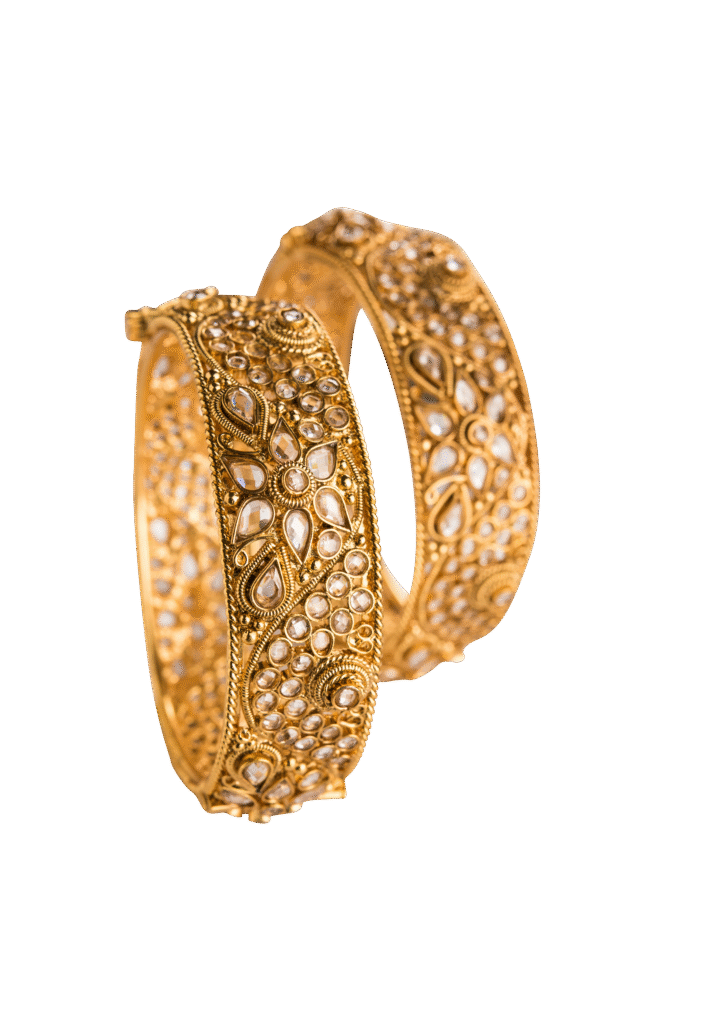
8. Fusion Styling Leads Design Direction
With consumers blending ethnic and Western wear, jewellery too is evolving. Designs that bridge traditional craftsmanship with contemporary aesthetics are key—think kundan chokers with Indo-western gowns, jadau studs with power suits, and meena work bangles with cocktail saris. This crossover appeal offers significant scope for brands to expand their design language.
-

 BrandBuzz5 hours ago
BrandBuzz5 hours agoMCA raises “small company” thresholds – up to ₹10 cr capital & ₹100 cr turnover from 1st December 2025, major relief for jewellery trade
-

 JB Insights6 hours ago
JB Insights6 hours agoWomen Leaders Driving the Luxury Renaissance
-

 National News10 hours ago
National News10 hours agoSHINESHILPI Announces the Launch of The Shine House, India’s Biggest B2B Jewellery Hub
-

 National News8 hours ago
National News8 hours agoTalla Jewellers Successfully Hosts Free Health Checkup Camp with Fortis Escorts Amritsar and Live For Others Foundation




